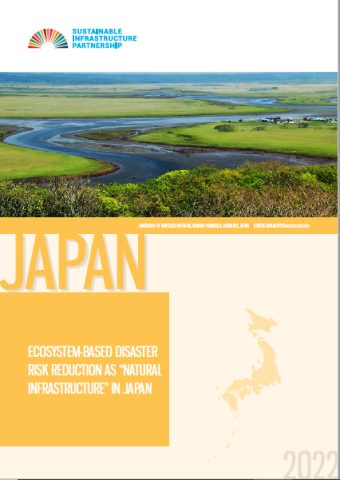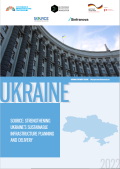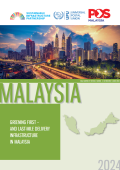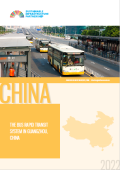
The case study details Japan's adoption of Ecosystem-based Disaster Risk Reduction to replace its ageing infrastructure.
Japan is particularly vulnerable to natural hazards such as typhoons, heavy rains, landslides, floods, earthquakes, tsunamis and volcanic eruptions. Disaster risk reduction is therefore a priority for national and local governments. After Typhoon Vera killed 5,000 people in 1959, the government established the Central Disaster Management Council and the Basic Disaster Management Plan, and invested in dams and sea walls for flood control (Japan International Cooperation Agency 2016). However, Japan is now confronted with the need to replace this ageing infrastructure, including infrastructure used to safeguard the well-being of more vulnerable communities. In response, Japan is adopting Ecosystem-based Disaster Risk Reduction (Eco-DRR), a framework which minimizes impacts from infrastructure on ecosystems and enhances ecosystem resilience by combining long-term spatial planning with a return to traditional – and more sustainable – methods of disaster risk reduction.
Eco-DRR has expanded across Japan since 2011, with projects evolving to reflect local communities’ needs and preferences. Japan’s Minister of the Environment and Minister of State for Disaster Management encourage future infrastructure projects to utilize traditional disaster prevention knowledge and wisdom in considering the relationship between natural and built infrastructure. Eco-DRR is most likely to be successful – and sustainable – when building on existing land use patterns and establishing mechanisms for long-term management by local residents.
Guiding principle #4 Avoiding Environmental Impacts and Investing in Nature, from the International Good Practice Principles for Sustainable Infrastructure.




